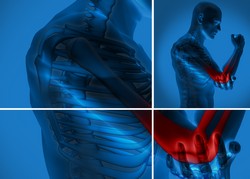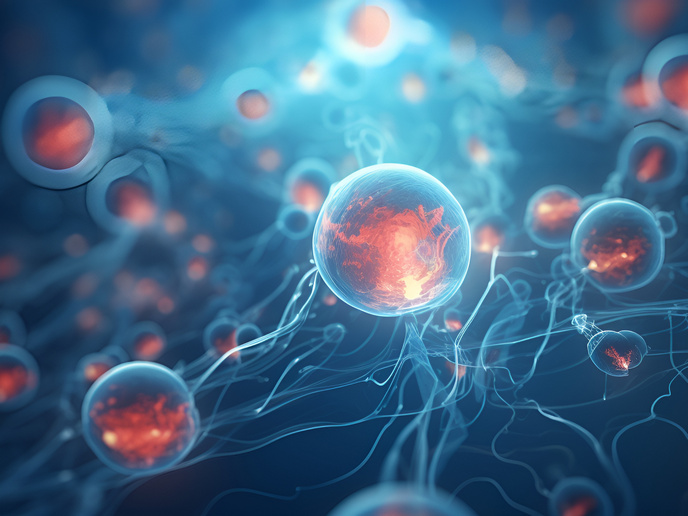Bone-immune system: friend or foe?
Inflammatory rheumatic diseases affect millions of European citizens causing chronic pain and disability. There are no definitive therapies available and the associated inflammation eventually leads to bone and cartilage loss. Research so far has focused on one single organ system such as the bone or the immune system but investigation of the interplay among several factors is necessary. The EU-funded OSTEOIMMUNE (Unravelling the interactions between the immune system and bone) project investigated the protective and regulatory interaction between the skeletal and immune systems. In addition, researchers wished to delineate the role of the bone marrow as niche for pathogenic immunological memory. Through genomic, epigenomic and transcriptome analysis of T cells and fibroblasts from various mouse models of rheumatic disease, scientists characterised the genetic regulation of bone destruction. They also analysed various effector mechanisms involved in joint destruction with special emphasis on inflammation-driven osteoclast activation. Furthermore, the consortium detected a significant increase of miR-196a and pre-miR-196a2 in synovial fibroblasts from patients with osteoarthritis compared to rheumatoid arthritis. Various transcription factors were studied in the context of synovial fibroblasts and immune cell interactions. Inhibition of JAK/SYK ameliorated symptoms in a mouse model of arthritis, indicating its potential therapeutic value. Also, preventive treatment with antibodies against TLR4 reduced disease severity and bone erosion in a mouse model of collagen-induced arthritis. Considerable effort went towards the training of early stage researchers with scientific and complementary skills, especially in the understanding of the interdisciplinary nature of rheumatic diseases. With particular emphasis on academia industry cooperation, the OSTEOIMMUNE project laid the foundation for the next generation of entrepreneurial researchers. From a clinical point of view, the generated knowledge will fuel future research towards novel therapeutic interventions for patients with inflammatory and rheumatic diseases. This will have important socioeconomic implications and improve the quality of life of afflicted individuals.







